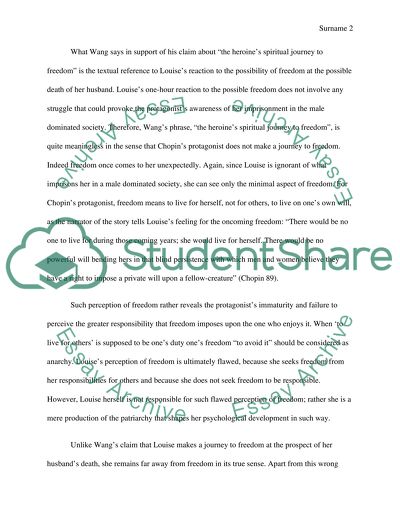Cite this document
(The Feminist Theme in The Story of an Hour Book Report/Review, n.d.)
The Feminist Theme in The Story of an Hour Book Report/Review. https://studentshare.org/literature/1445307-short-story-criticism-argument-paper
The Feminist Theme in The Story of an Hour Book Report/Review. https://studentshare.org/literature/1445307-short-story-criticism-argument-paper
(The Feminist Theme in The Story of an Hour Book Report/Review)
The Feminist Theme in The Story of an Hour Book Report/Review. https://studentshare.org/literature/1445307-short-story-criticism-argument-paper.
The Feminist Theme in The Story of an Hour Book Report/Review. https://studentshare.org/literature/1445307-short-story-criticism-argument-paper.
“The Feminist Theme in The Story of an Hour Book Report/Review”. https://studentshare.org/literature/1445307-short-story-criticism-argument-paper.


